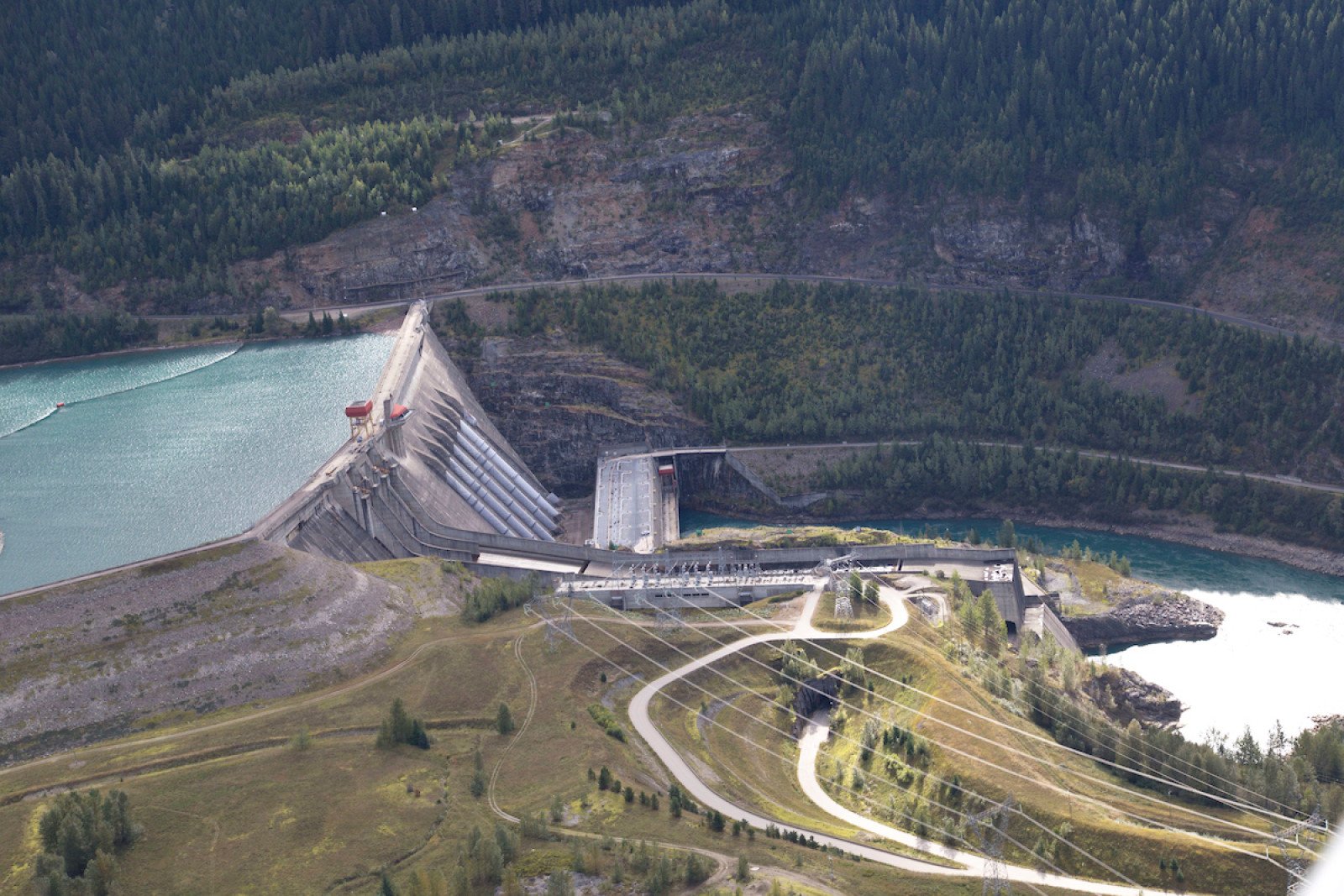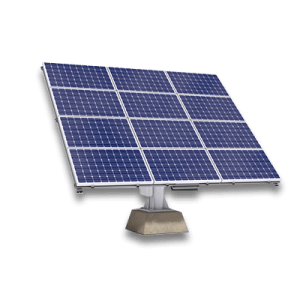Respectfully meeting future energy needs
How can our future needs for clean energy be met while also respecting the perspectives of various stakeholders?

Overview
During this activity, students attempt to find a win-win proposal for developing clean energy projects in ways that all stakeholders groups' key priorities are respected.
Instructions
What you'll need
- "Clean energy stakeholder cards" handout, one per group
- "Win-win discussion template" worksheet, one per group
- Begin the activity by introducing the concept of stakeholders to students: a group of people who share a common interest and who voice their concerns or join together to take action. Invite students to share examples of any stakeholder groups that they or their family may belong to. Point out that individuals and families could belong to more than one interest group.
- Briefly explain that as populations grow and cities expand, the demand for electricity will continue to grow. Meeting this demand while also protecting the environment is one of the great challenges of this and future generations.
- Organize your students into small groups (4-5 students) and invite students to think of any stakeholders who might have an interest in this challenge. Co-develop or present the following list of stakeholders:
- Indigenous communities
- Business/Industry
- Settler communities
- Local governments
- Environmental groups
- Assign each group one of the stakeholders and provide those groups with their "Clean energy stakeholder card" handout as well as the "Win-win discussion template" worksheet. Inform students the challenge of this activity is to collaboratively develop a response to the question: “How can our future needs for clean energy be met while also respecting the perspectives of various stakeholders?” Rather than seeking solutions that only satisfy the needs of a single group, their task is to try to find ways to ensure everyone can be comfortable with the solution.
- Ask groups to review their stakeholder card and add any additional priorities or needs to those listed on the card. Invite groups to select their top three priorities with regards to the development of hydroelectric projects. Once all groups have identified their priorities, explain that they will meet each of the other groups to share priorities and to attempt to draft a proposal that all groups can support.
- Inform students that the process of the discussion will be (see the Teaching Notes for a possible structure):
- Two groups will meet and will share their priorities, and using the "Win-win discussion template" decide which priorities are common and which are unique to each group.
- Groups will try to adjust their priorities where possible and work together to develop an answer to the question.
- Groups will rotate until each have had an opportunity to meet with each of the other groups.
- During each round of negotiation one of the groups will watch the discussion.
- After all groups have met each of the other groups, provide a few minutes for them to develop their final proposal. Encourage groups to think about their top priorities as well as those of the other groups when developing their answer.
- To conclude the activity, lead a discussion using questions such as:
- What important lessons about making decisions about meeting future
- What advice would you give to stakeholders about making decisions about meeting future needs for clean energy?
Modify or extend this activity
Modifications
- For shorter time periods, the number of interest group cards and the number of discussions between groups could be decreased.
- Invite students to consider an additional perspective that is not included in the stakeholder cards.
Curriculum Fit
Social Studies 9
Big idea
- The physical environment influences the nature of political, social, and economic change
Content
- Physiographic features of Canada and geological processes
Curricular competencies
- Use Social Studies inquiry processes and skills to ask questions; gather, interpret, and analyze ideas; and communicate findings and decisions
- Explain and infer different perspectives on past or present people, places, issues, or events by considering prevailing norms, values, worldviews, and beliefs (perspective)
- Recognize implicit and explicit ethical judgments in a variety of sources (ethical judgment)
- Make reasoned ethical judgments about actions in the past and present, and determine appropriate ways to remember and respond (ethical judgment)
Assessments
Throughout the activity, consider how well students:
- Apply their understanding of the ways electricity generation can negatively impact the environment to help develop their proposal.
- Recognize the importance of science in adopting thoughtful and reasonable positions on environmental issues.
- Are able to self-correct and extend their thinking through collaboration with others and consideration for a variety of perspectives.
- Pay close attention to appropriate details.
- Use relevant scientific terminology correctly to support their conclusions.
Teaching Notes
One possible way of structuring of the discussions:
| Negotiation Partners | Negotiating Partners | Observers |
| Groups 1-2 | Groups 4-5 | Group 3 |
| Groups 2-5 | Groups 3-4 | Group 1 |
| Groups 1-4 | Groups 3-5 | Group 2 |
| Groups 1-5 | Groups 2-3 | Group 4 |
| Groups 2-4 | Groups 1-3 | Group 5 |
How this activity was developed
These materials were created with guidance from Indigenous educators, subject matter experts and thought leaders to help draw upon important teachings, learnings, and Indigenous perspectives.
For centuries, the traditional western view of water has often been focused on its value as a resource. Indigenous people have a unique relationship with the waters of British Columbia. Since time immemorial, water has played a sacred role and is seen as a living entity. How water is used must be carefully considered with a view towards not just the immediate need and impact, but the needs and perspectives of generations to follow.
We are dedicated to deep listening and respectfully highlighting Indigenous ways of knowing in the materials we provide B.C. educators. If you have any feedback for us on these activities, or suggestions for others, please email schools@bchydro.com. We would love to hear from you.
About the artist
The design of the worksheets in this activity was a collaborative effort with Indigenous artist Kelli Clifton. Kelli Clifton was born and raised in Prince Rupert, British Columbia and is Gitga’at from the community of Hartley Bay. Clifton is interested in using her artwork as a form of storytelling—especially in relation to her Ts’msyen language (Sm’algyax), her coastal upbringing and her experiences as an Indigenous woman. Clifton currently lives in her home community where she continues to practice her art and teaches Sm’algyax at a local high school.
Learn more about Clifton's art on her Facebook page.
BC Hydro’s commitment to reconciliation
BC Hydro exists to serve British Columbians by providing clean, reliable and affordable electricity. We recognize that maintaining and developing the system has impacts on the lives and interests of Indigenous People. To support our move towards true and lasting reconciliation, BC Hydro will acknowledge past wrongs, listen to Indigenous perspectives and seek shared understanding with First Nations communities and governments.
Learn more about our Statement of Indigenous Principles.








